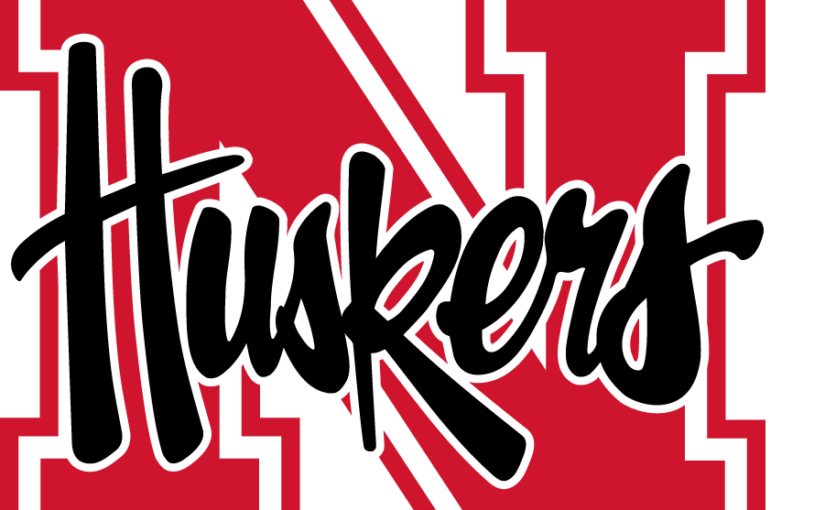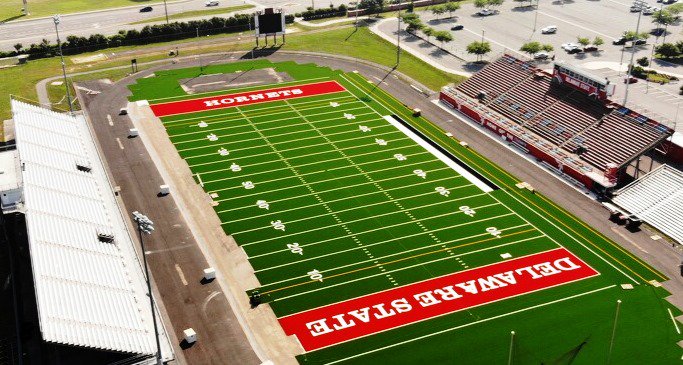Building a character development program
Watch virtually any sports news segment or browse your social media feed, and you’ll be sure to find a story about an athlete that has made a poor decision.
Our society is enamored with all things negative when it comes to athletes, oftentimes casting a shadow over the multitude of positive attributes associated with our favorite pastimes. With high exposure comes high expectations, and with status comes standards.
 Most young people are up for the challenge and excel at being great role models and representatives of their respective communities. However, the bad decisions of the few can overshadow the work and dedication of the majority.
Most young people are up for the challenge and excel at being great role models and representatives of their respective communities. However, the bad decisions of the few can overshadow the work and dedication of the majority.
At Broken Arrow High School, we decided to do something about it. In the fall of 2013, Tiger S.T.R.I.P.E.S. was born, and since then a comprehensive character development program has commenced.
“We met as a group and felt a great calling to define what exactly it means to be a Tiger,” said Ken Ellett, longtime Broken Arrow senior executive director of athletic operations. “We started with the acronym, S.T.R.I.P.E.S., and it grew from there.”
A committee comprised of district administrators, athletic administrators, coaches and student-athletes defined the seven pillars of the S.T.R.I.P.E.S. program:
- Service: work done for the betterment of the school and the community.
- Trust: rely on one another by creating healthy, dependable relationships.
- Respect: display good manners and compassion, and expect that in return.
- Integrity: character is what you do when no one is looking.
- Positive attitude: be a role model of optimism in action.
- Excellence: set high standards of excellence in both athletics and academics.
- Self discipline: use restraint as a tool for self-improvement.
“We truly believe that these seven pillars, if engrained into the minds of our student-athletes, will be the guiding force behind a successful life,” Ellett said. “What it takes to be successful as a Broken Arrow Tiger is directly aligned with what it takes to be successful in life.”
The first order of business was to design a graphic that could be displayed at all the district’s athletic facilities — locker rooms, weight rooms, hallways and other high-traffic areas.
The committee then met in the spring of 2014 to put together a game plan for implementing an athletic-wide program recognizing student-athletes who embodied the Tiger S.T.R.I.P.E.S.
 The seven pillars were defined, and the buy-in from our coaches and student-athletes was encouraging. But we needed to be purposeful and intentional on how we spread the good works happening in and around Broken Arrow athletics.
The seven pillars were defined, and the buy-in from our coaches and student-athletes was encouraging. But we needed to be purposeful and intentional on how we spread the good works happening in and around Broken Arrow athletics.
To give Tiger S.T.R.I.P.E.S. life, the committee agreed that student-athletes who displayed the character traits every day, on and off the field, needed to be publicly recognized and celebrated. The goal was to find a way to shift the media spotlight from the multitude of negative stories associated with athletics and replace them by recognizing kids who do things right. The original graphic design of Tiger S.T.R.I.P.E.S. was used to create a double-sided medallion.
Seven medallions were distributed to each of our 15 varsity sports head coaches, each one representing one of the seven pillars.
Throughout the duration of the seasons, each coach would award all their medallions to athletes who demonstrated one or more of the respective pillars. Upon awarding a student-athlete with a medallion, that coach would stop practice or single out the respective student-athlete in front of his or her peers, explaining why that individual earned their S.T.R.I.P.E.S. medallion.
Additionally, the committee joined Steve Cowen, our school’s coordinator of sports information, to outline a communication plan for the Tiger S.T.R.I.P.E.S. program. Coaches email Cowen each time they award a medallion to a student-athlete and provide a detailed explanation of what led to the honor. Cowen then writes a feature on selected Tiger S.T.R.I.P.E.S. recipients and publishes it on our athletics website, posts it to our social networks and sends it to the local media. Oftentimes, the feature includes a photograph or video interview with the student-athlete and coach.
The public recognition has created a culture of high expectations. The program has given our coaches a platform to recognize and honor their athletes for all of those championship qualities that are consistently talked about but overlooked by those in the public.
“This is a tremendous way to honor our student-athletes who do things right,” Cowen said. “It’s not always the best player on the team. It’s not always the kid who shows up in the box score of the newspaper every morning. This program is a way for us to recognize the stuff that sticks; that lasts a lifetime.”
At this season’s annual football banquet, unbeknownst to players, head coach David Alexander used the pillars of Tiger S.T.R.I.P.E.S. to determine his top recognition awards. One of the top honors issued in volleyball this season went to two junior managers who displayed excellence in the unselfish work they did for the team.
S.T.R.I.P.E.S. is catching on with more than just coaches and players. Parents have given great feedback to the district for being proactive in creating a character development program.
Tiger S.T.R.I.P.E.S., or any other program committed to recognizing young people for their positive actions, is truly essential, and stands alone in the total development of a student athlete — inside and outside the realm of competition.
For more information about the Tiger S.T.R.I.P.E.S program, contact Steve Dunn at [email protected].





